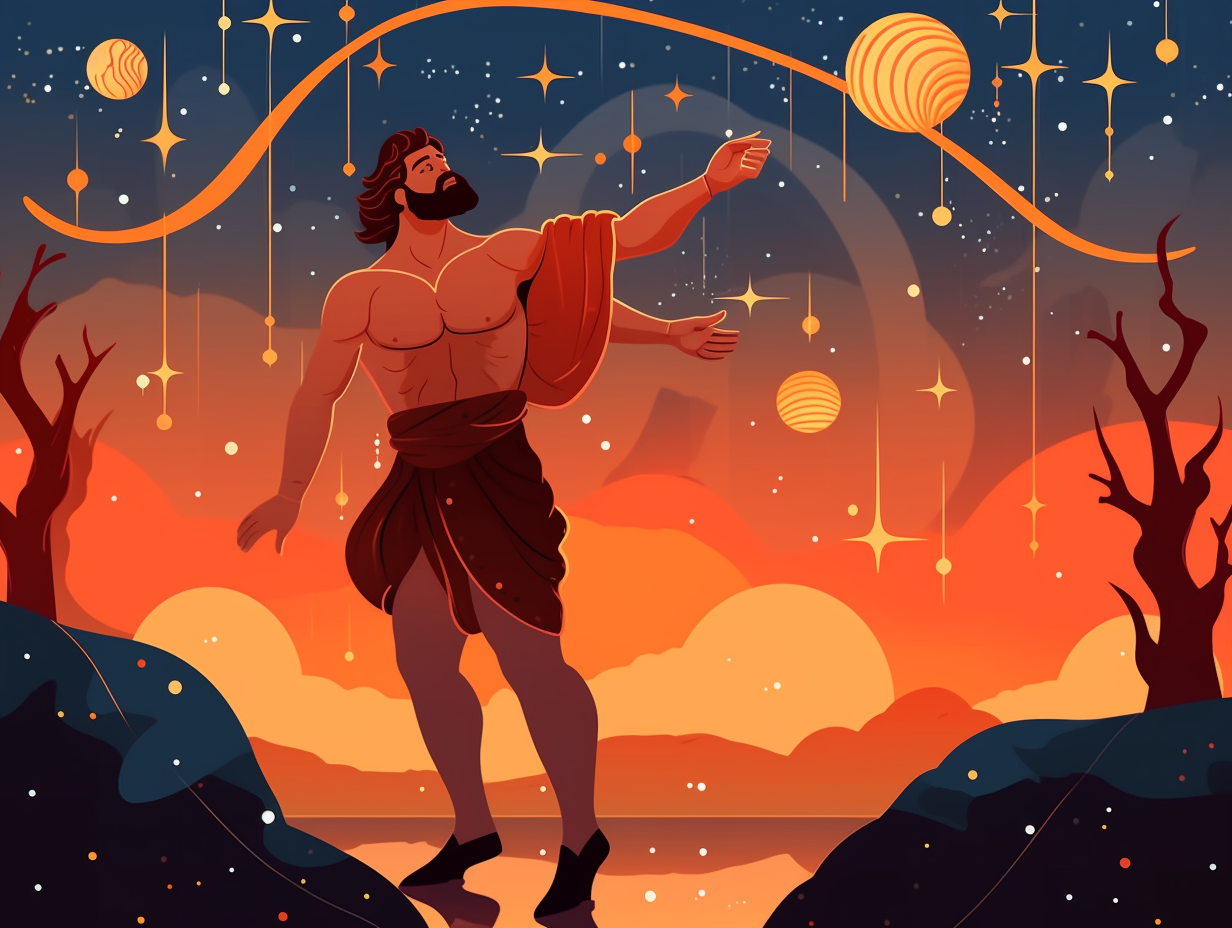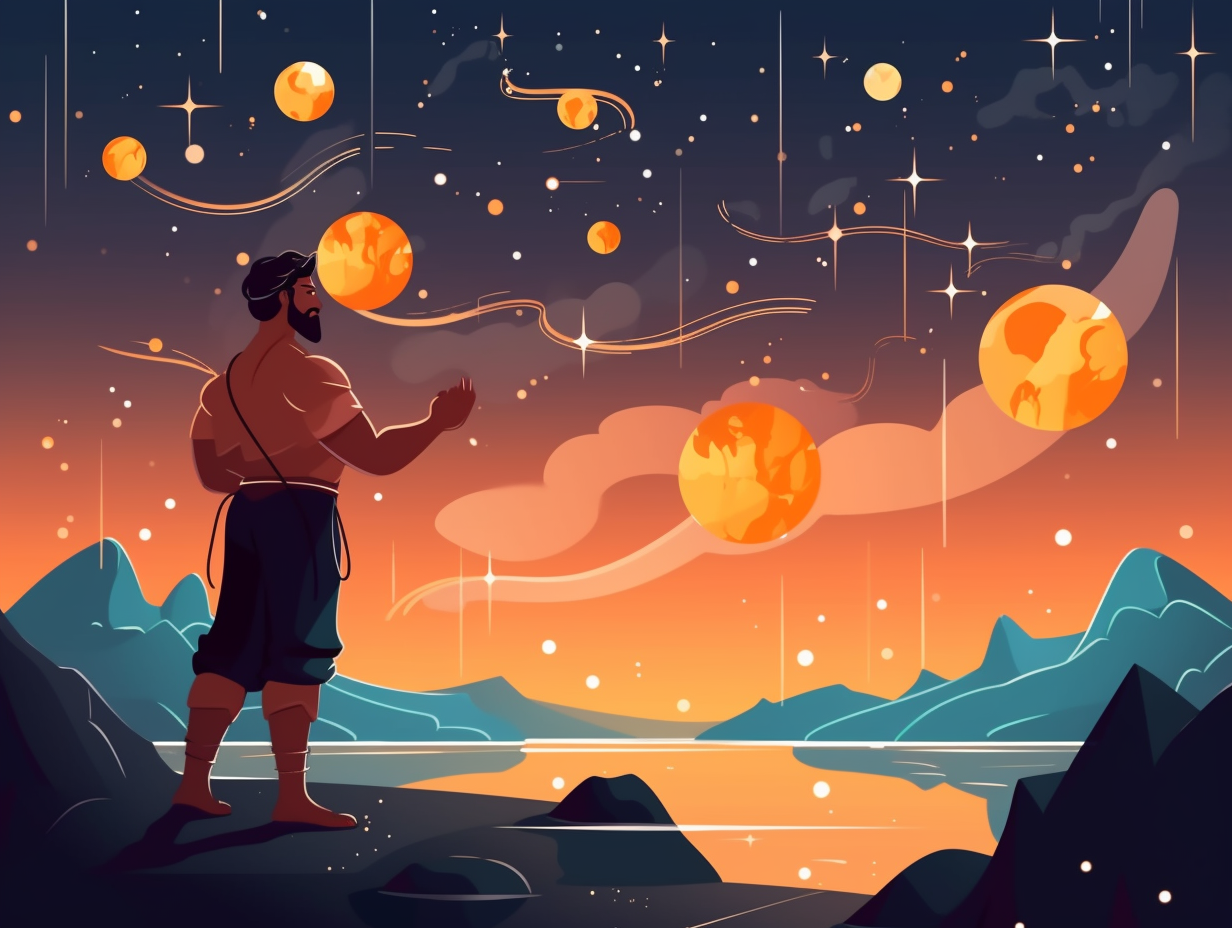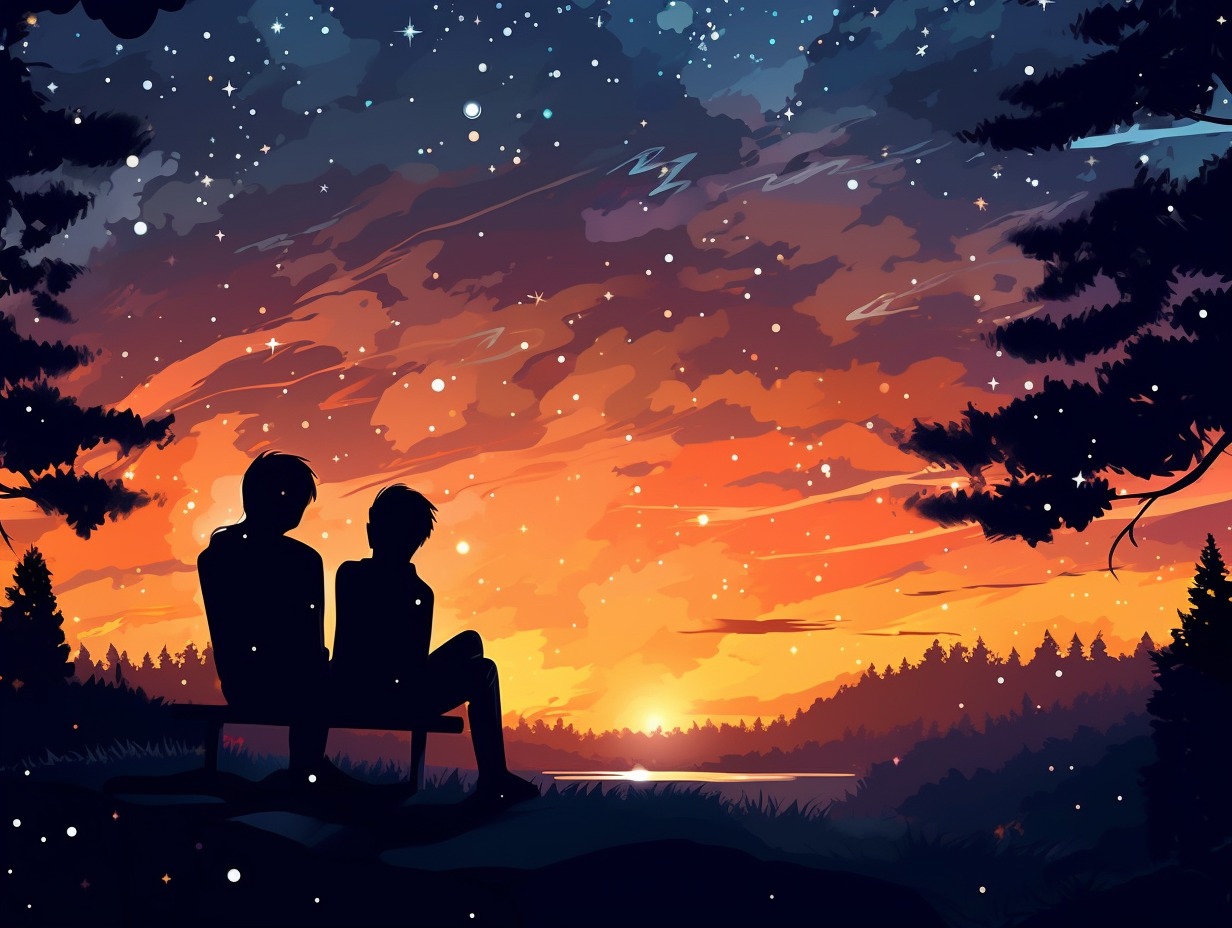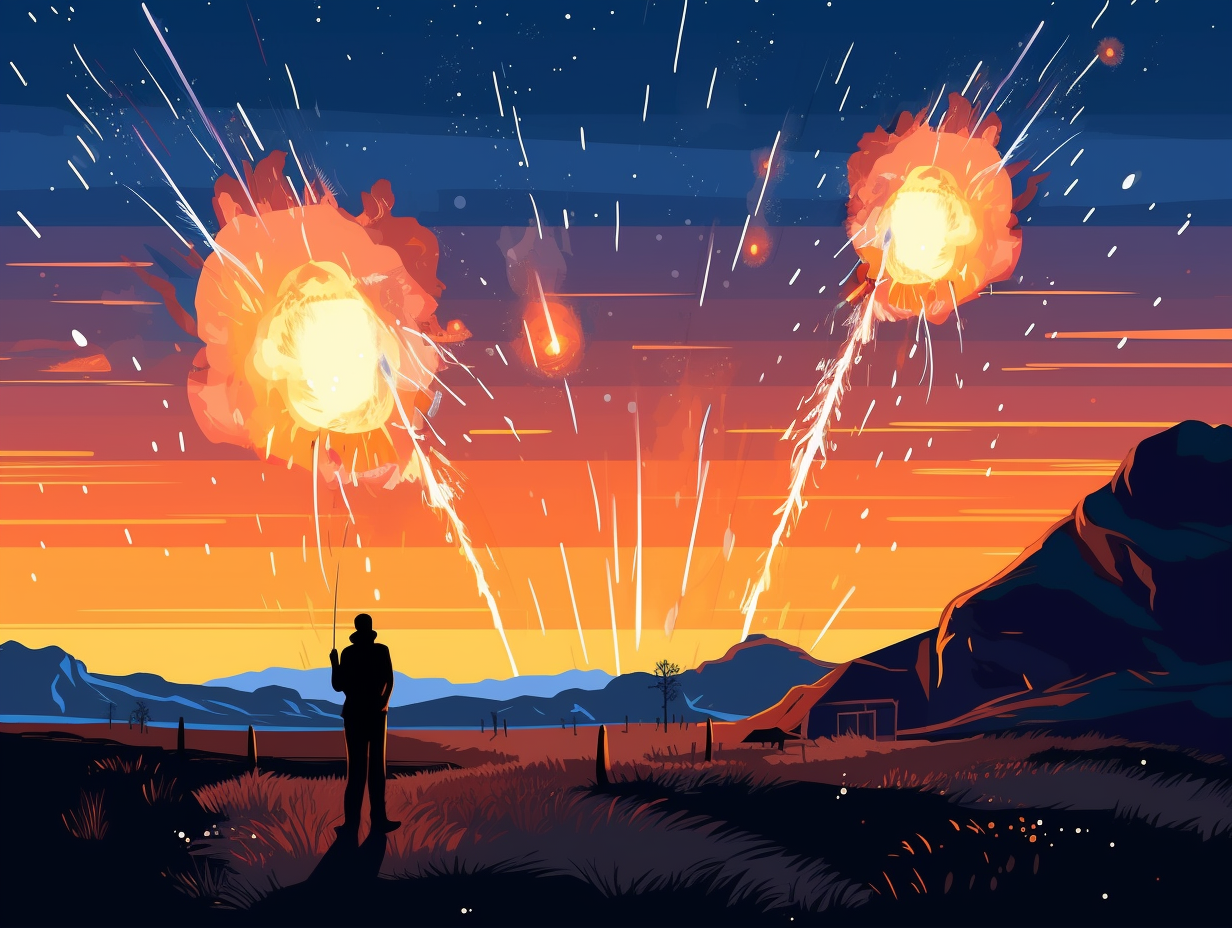Discover the Stars: Top 8 Fun Facts About the Hercules Constellation You Need to Know

1. Galactic Party Central
Who needs dazzling stars when you've got a galactic party going on? The Hercules constellation might lack the red carpet flair of first magnitude stars, but it's certainly not short on deep sky VIPs: Home to showstoppers like the Great Globular Cluster (Messier 13), the exclusive globular cluster Messier 92, and a breathtaking planetary nebula duo Abell 39 and NGC 6210, Hercules also hosts a sanctuary for glitzy galaxies, the Hercules Cluster and the renowned galaxy cluster Abell 2199. This constellation is an astronomical goldmine and an eternal hotspot for stargazing aficionados.
Source => constellation-guide.com
2. Hercules' Glowing Gym Ball
If Hercules could flex his muscles in the night sky, he'd definitely boast about his massive, glowing gym ball, M13: This swole globular cluster, located 25,000 light years away from Earth, is home to a whopping 300,000 stars and one of the finest celestial sights in the Northern Hemisphere, easily admired by stargazers with a simple telescope or binoculars.
Source => astrobackyard.com

Discover the celestial love stories and moral lessons behind the constellations, as told by Artemis, the goddess of the hunt! 💫🏹😍
=> Fun Facts about Constellations
3. Celestial Amusement Park
Step right up and feast your eyes upon the celestial amusement park of Hercules constellation, where the main attractions are two jaw-dropping, dazzling globular clusters, putting on a cosmic light show that's out of this world: M13, known as the Great Cluster in Hercules, takes center stage as the brightest in the northern hemisphere, housing over 300,000 stars and stretching over 100 light-years wide, while M92, the lesser-known but more densely-packed sidekick, is a fuzzy delight through binoculars, and both marvels are situated at a cool 25,000 light-years away from Earth.
Source => en.wikipedia.org
4. Summer Triangle Calendar
Feeling lost in navigating the seasons? Fear not, stargazers: for the Summer Triangle – a stellar trio of Vega, Deneb, and Altair – will be your cosmic calendar! This astral triumvirate heralds the arrival and departure of our warmest season as it graces the eastern twilight in mid to late June, transitioning from spring; then, saying "summer's over, folks!" as it peaks in the southern sky. So let these mighty celestial celebs guide you through summer's soiree with aplomb... and maybe even teach you how to dominate dinner party trivia, too!
Source => earthsky.org

5. Cosmic Twister Champion
Did you know Hercules loves playing Twister on a celestial scale? That's right: his constellation literally stands upside down in the sky with his feet in the air and his head towards the ground! But don't let his odd posture distract you from the main event: the Keystone asterism points the way to the Great Hercules Star Cluster, a jaw-dropping globular cluster with over a million stars, visible as a fuzzy patch just 25,000 light years away in a well-behaved universe.
Source => craigdailypress.com
6. Unseen Cosmic Gains
Hercules, the mythological muscle man of constellations: Without a first magnitude star to flex, Herc holds up the heavens with some unseen cosmic gains - like the Great Globular Cluster (Messier 13) crammed with hundreds of thousands of stars 22,000 light years away, not to mention the heavyweights Messier 92 and the Hercules Cluster of galaxies. Who needs shiny stars when you're quietly bench-pressing celestial wonders?
Source => constellation-guide.com
7. Boar-Catching Snowstorm
Ever trapped a wild boar in a cosmic blanket of snow? Yeeaah, me neither: But the Hercules constellation apparently makes reference to this very feat when he single-handedly caught the Erymanthian boar by luring it into the celestial snowstorm we call the Milky Way, adding a whole new layer of storytelling to our starry skies.
Source => cogniarchae.com
8. Perpetual Kneeling Syndrome
Hercules has faced many trials and tribulations, but did you know he suffers from a case of perpetual kneeling in the starry night sky? That's right, the cosmos gave our famous demigod the proverbial "can't stand up in a planetarium" syndrome: The Hercules constellation has been depicted only as a kneeling figure throughout history, grasping his trademark club in his left hand, and never in any upright position in ancient or modern illustrations.
Source => theplanets.org
Related Fun Facts




















